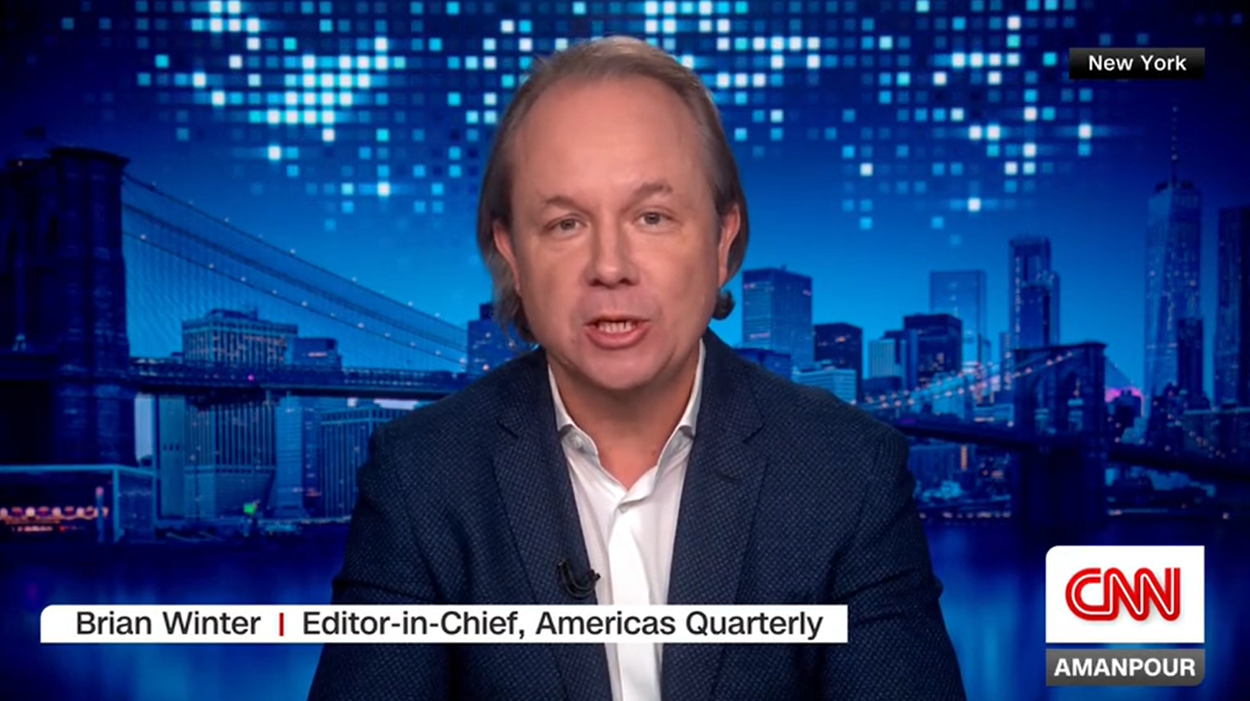Rebuilding Haiti House by House
Rebuilding Haiti House by House
Un Techo Para Mi País' Claudio Castro writes about the organization's work in Haiti, where construction of transitional houses and the establishment of social inclusion programs—carried out under Haitian leadership—is helping to rebuild the country. View a slideshow of Un Techo's programs in Haiti and Chile.
The story of Haiti’s devastating earthquake is still being written today. Haitian youth, Dominican university students, and others are working hand-in-hand to rebuild homes and do their part in reconstructing the country.
This team—brought together by Un Techo Para Mi País (A Roof for My Country)—is on pace to build 2,000 homes by year end. By 2014, the goal is to provide housing for 10,000 families. Founded in 1997 and highlighted as innovators in the Fall issue of Americas Quarterly, Un Techo is the inspiration of Chilean university students who see adequate housing as a way out of the deep poverty witnessed both at home and throughout the Americas.
Images of Un Techo's work in Haiti and Chile. Photos courtesy of Un Techo Para Mi País.
Even before the earthquake struck, Un Techo had intended to expand to Haiti and open a local office by the end of 2010. The plan reflected an overall mission: work with families in extreme poverty to improve their lives through the construction of transitional houses and the establishment of social inclusion programs.
The earthquake changed those plans. An estimated 300,000 Haitians died and one-third of the population was injured—a devastating toll for any country, but especially for the hemisphere’s most impoverished. Just three days after the earthquake, a crew from Un Techo arrived in Port-au-Price and observed the Haitian people’s resilience. Despite devastation, life continued among the ruin and the rubble. Six weeks later, Un Techo had built 20 transitional houses in Grand Goave, a community 44 miles (70 kilometers) from the capital.
Un Techo remains involved today. But the project is being led by Haitian youth. In doing so, they are breaking many of the myths about Haiti. The Haitian community is not hopeless and only accustomed to receiving help from others. Moreover not all bright, ambitious, and dedicated Haitian youth leave the island without any intention to return.
The population of Port-au-Prince continues its life among the ruin and rubble, and destruction is now just another part of the landscape of the Haitian capital. Yet building homes collaboratively is an important opportunity to reconstruct a more equal and united country.
Claudio Castro is the social director of Un Techo Para Mi País for Latin America and the Caribbean.








